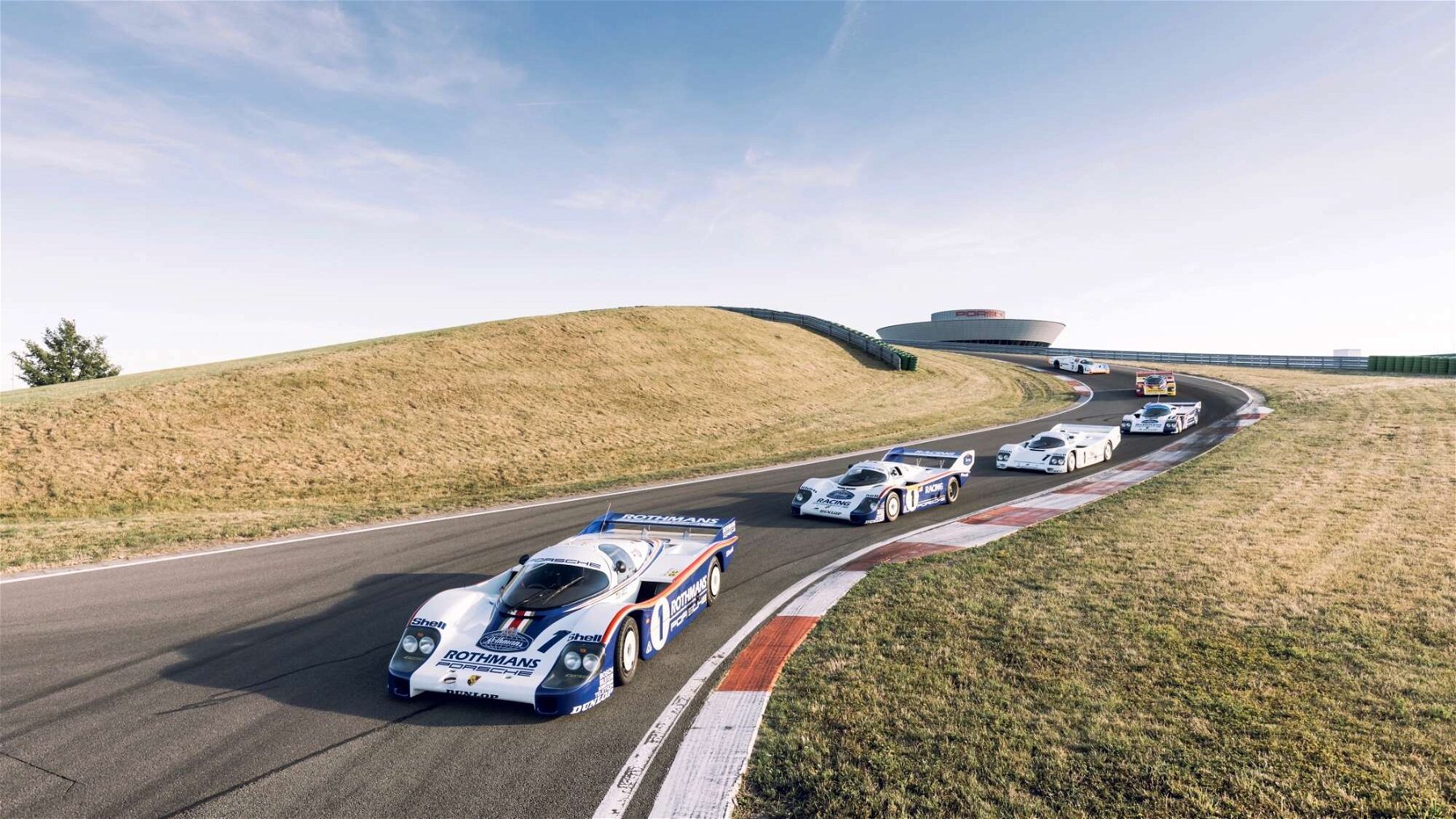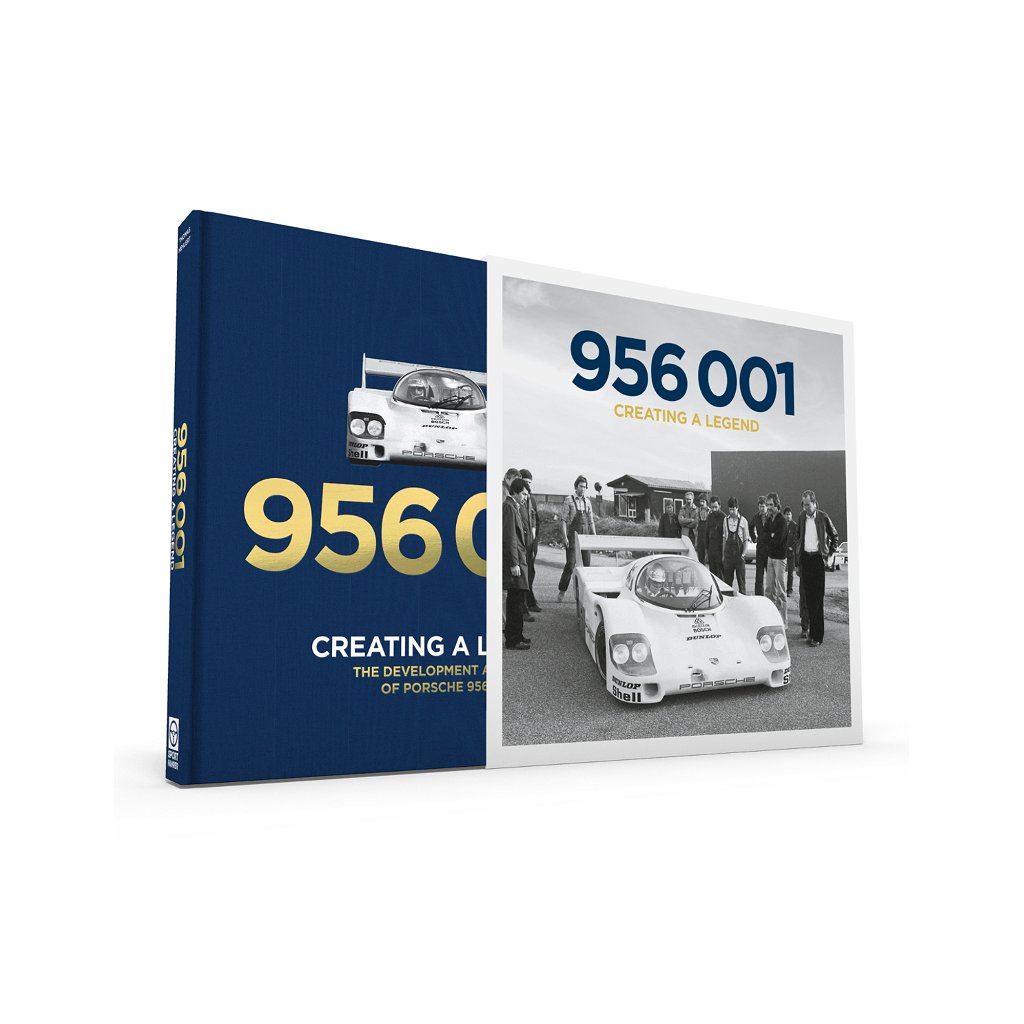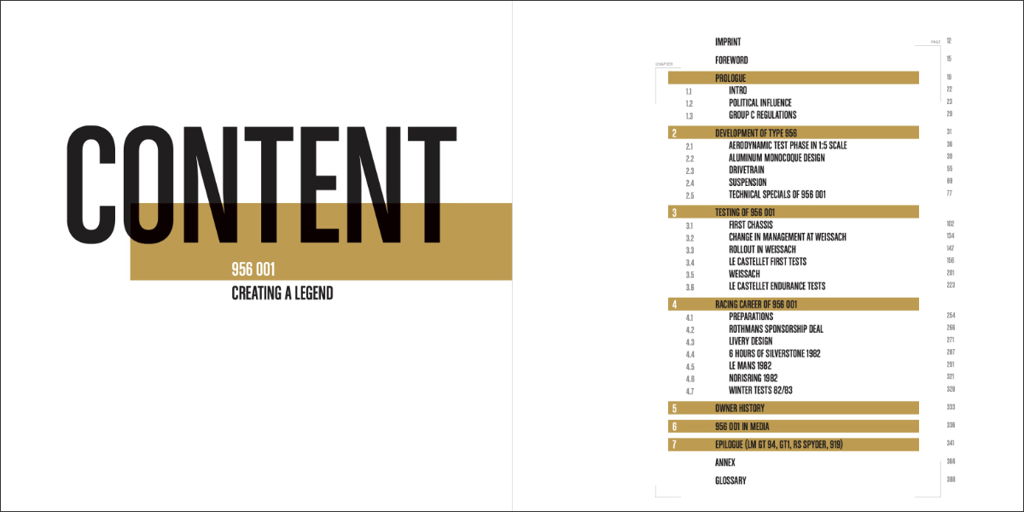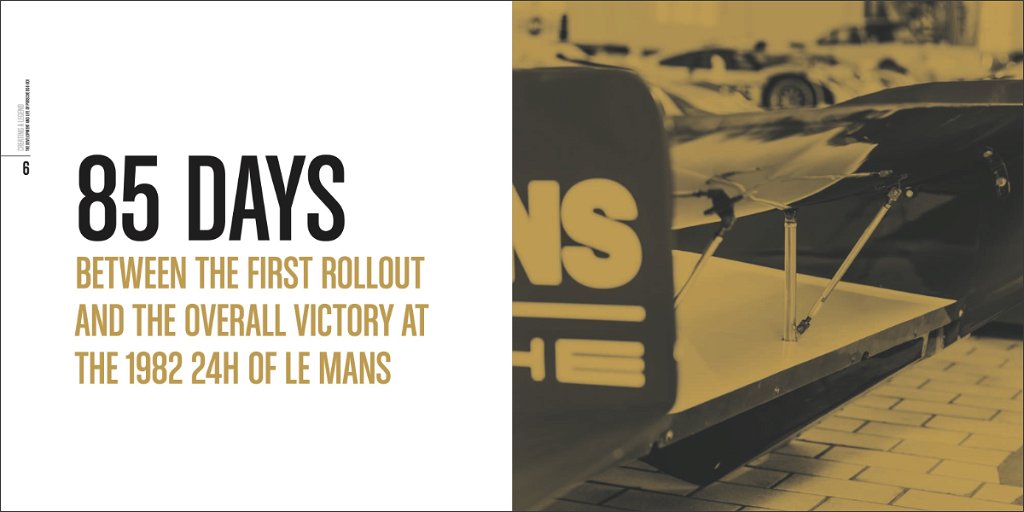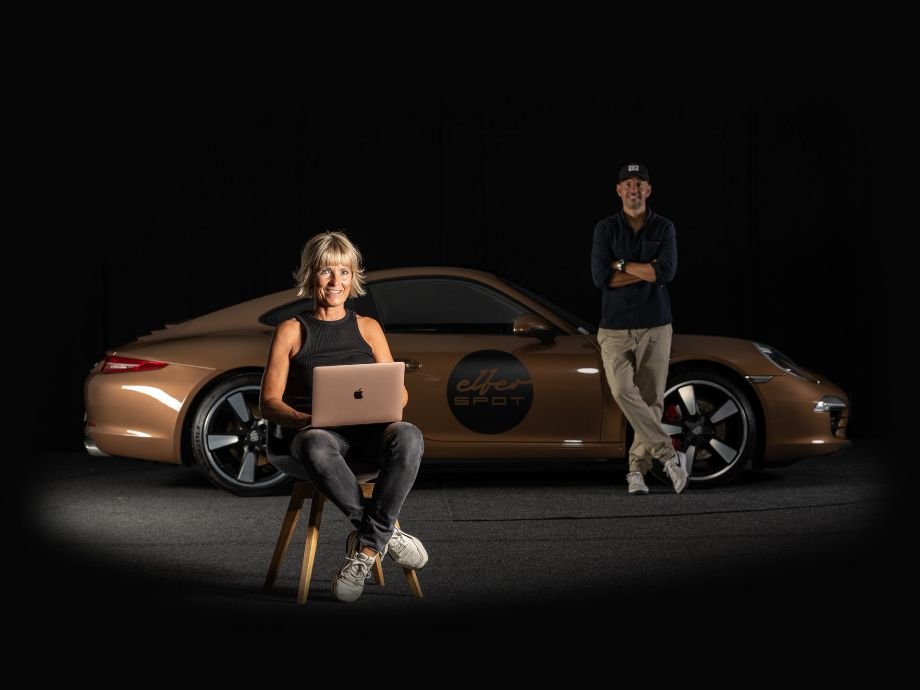2022 is some sort of a year of anniversaries for Porsche. Not only the Porsche 911 Carrera RS celebrated its 50th birthday. This year marks the 40th anniversary of the so-called Group C and thus the most successful Porsche racing car of all time. We are talking, of course, about the Porsche 956.
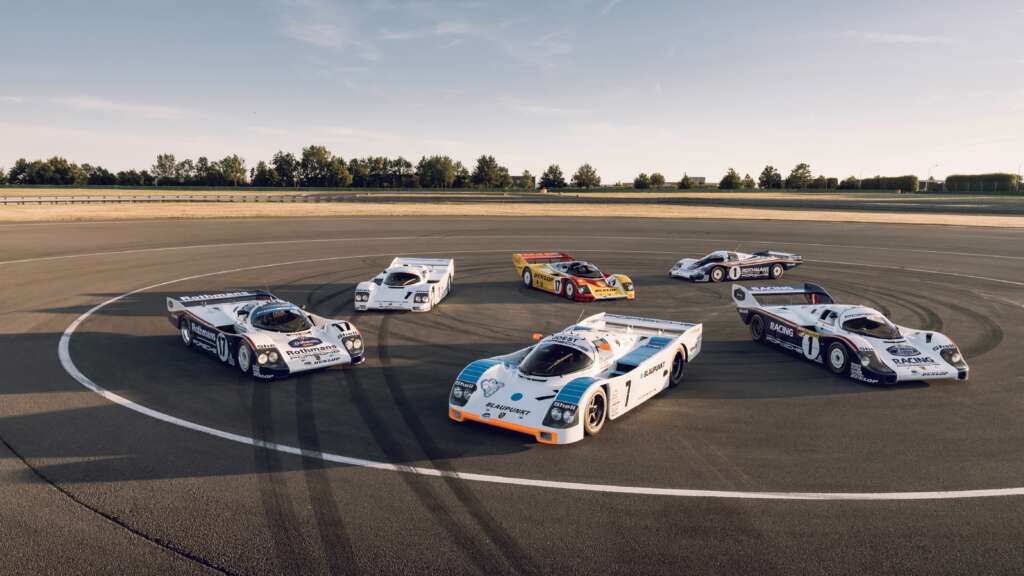
For ten years, the Group C regulations applied in the World Sports Car Championship
The FIA took a new approach with Group C at the beginning of the 1980s. Instead of applying engine capacity limits for the various vehicle classes, a fuel-consumption formula was used. The main requirements of the regulations in force from 1982 to 1992 were a minimum weight of 800 kilograms (850 kg from 1984) and a maximum fuel tank capacity of 100 liters.
Depending on race length – which in Group C was at least 1,000 kilometers – a maximum number of refueling stops was set. In the 1,000-kilometer races, there were five. Fuel consumption was thus capped at just under 60 liters per 100 kilometers, effectively. A total of nine different manufacturers took up this challenge, some with big-capacity naturally aspirated engines and some with turbocharged engines. As is well known, Porsche opted for a 2.65-liter flat-six engine for the 956.
In Leipzig, the former pilots met “their” Porsche Group C racers
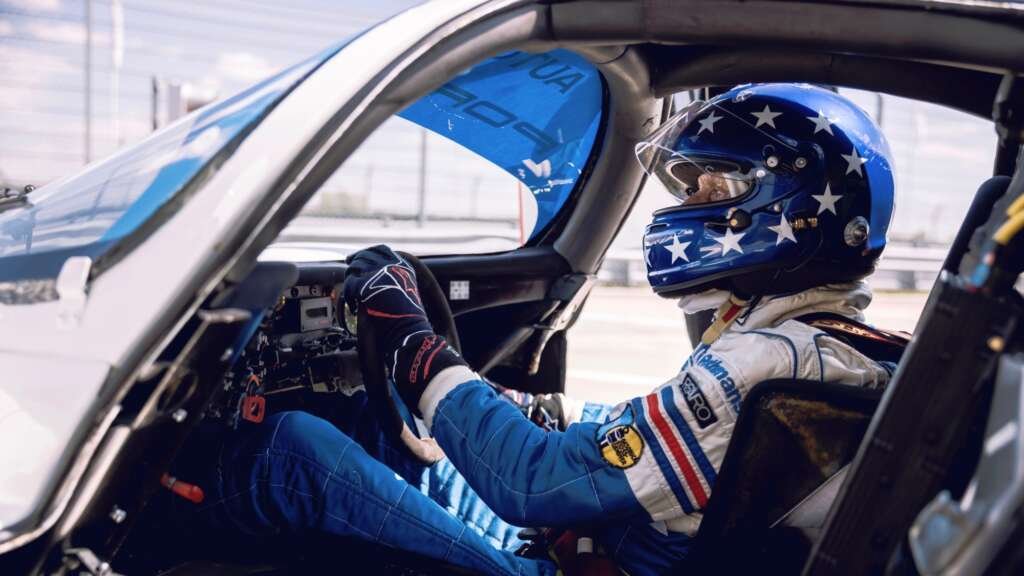
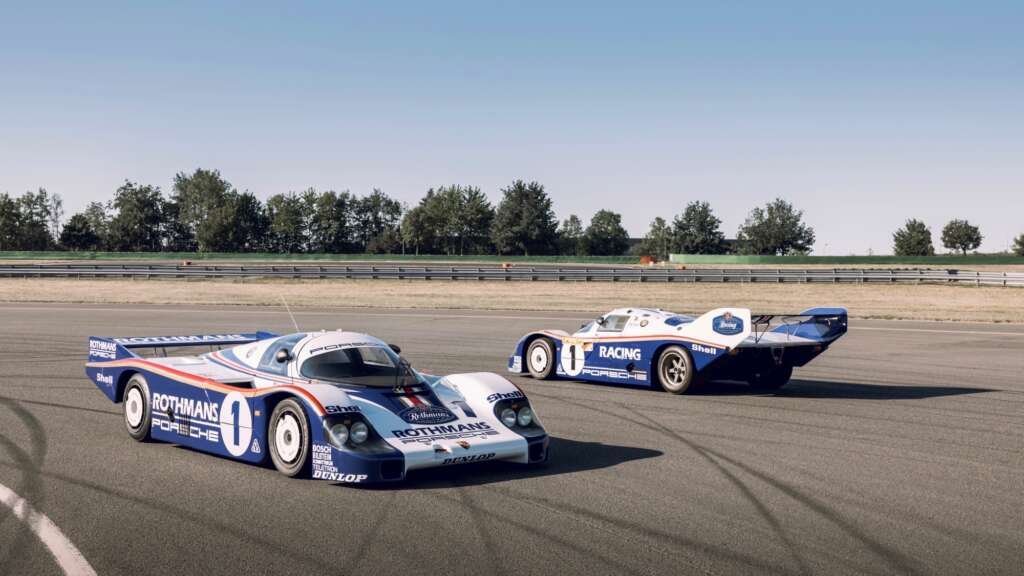
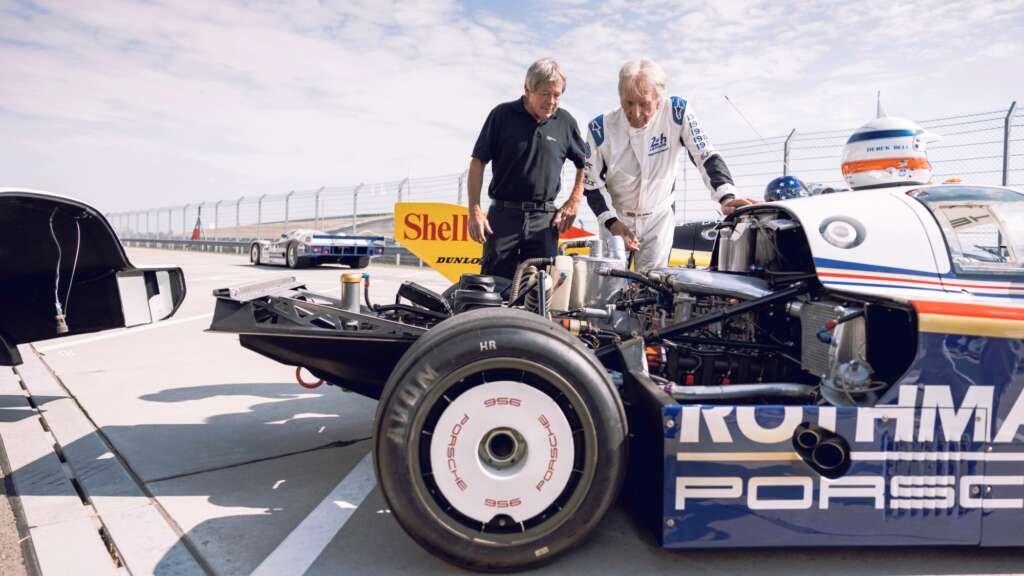
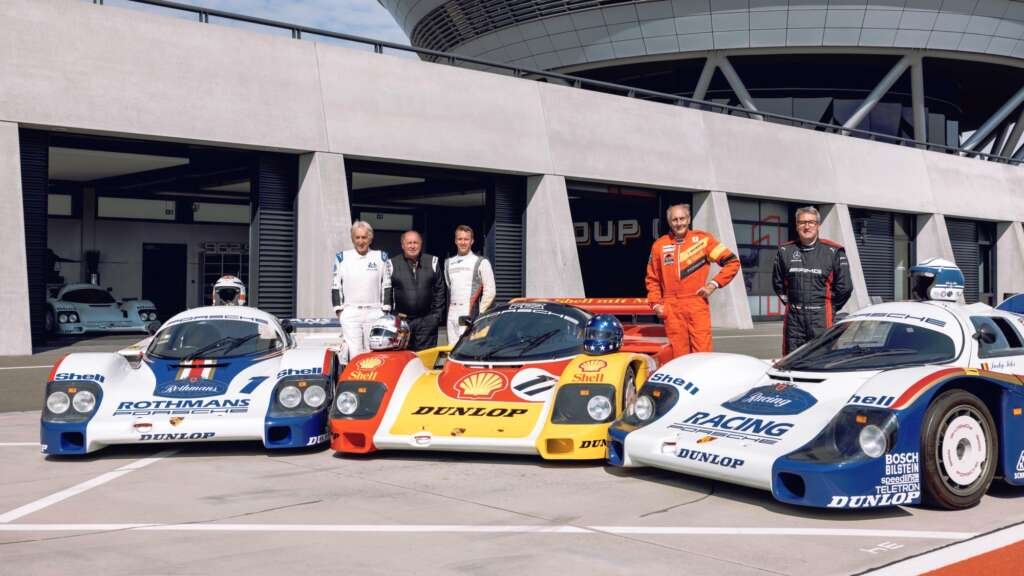
A meeting of the “old class” has now been set up at the Porsche Experience Center Leipzig. The Stuttgart-based company brought together a total of six different Porsche 956/962s. Among the participants was the winning car of the 1982 24 Hours of Le Mans, together with one of its drivers – 81-year-old Derek Bell. They were joined by Jochen Mass, Hans-Joachim Stuck and Bernd Schneider, other top drivers of the Group-C-era. Bell, Mass and Stuck alone have a combined total of 62 race wins in the World Sports Car Championship.
In addition to Bell’s winning car, Porsche prepared three more 962Cs, a 956, and a 962 IMSA. The team of legends was completed by ex-test engineer Helmut Schmid and – connected by video – by the then project manager Norbert Singer. Meanwhile, Nordschleife record holder Timo Bernhard was a more than adequate host.
Porsche 956 and 962 were hard to beat, but also pretty dangerous
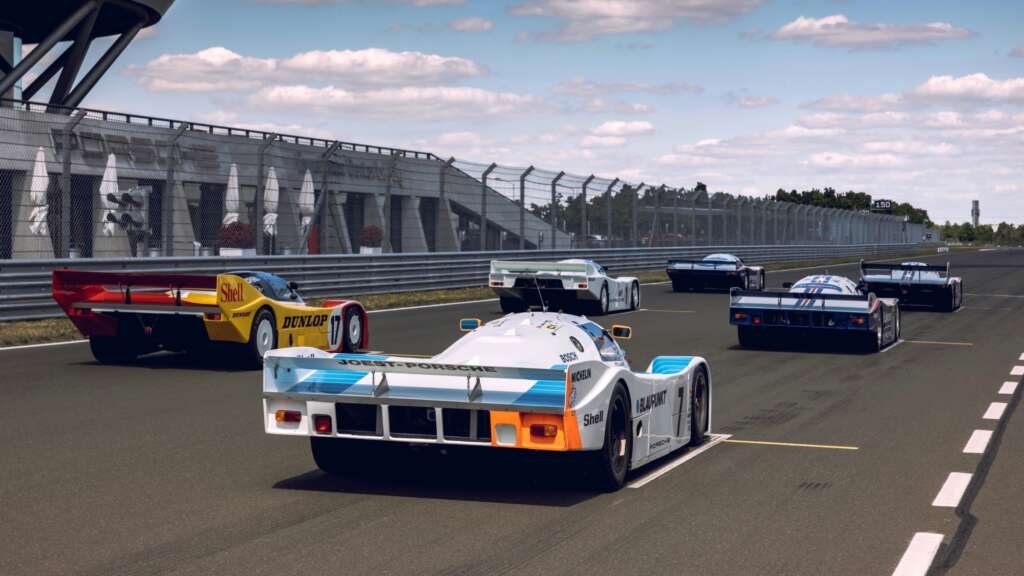
Both the Porsche 956 and the 962 were virtually invincible in the World Sports Car Championship. In the 24 Hours of Le Mans 1983 nine of the top ten places were occupied by these vehicles. Such dominance has never again been seen in racing. In total, Porsche secured five manufacturer and team world championships with the prototype designed by Singer’s team, six overall victories at Le Mans in a row and seven overall. Added to this were 52 race wins in the American IMSA series and five overall victories at the 24 Hours of Daytona.
Unfortunately, however, the cars had their pitfalls. The Porsche 956’s design was particularly dangerous for the drivers in frontal impact accidents. At that time, racing cars were still a long way from the crash safety of the later carbon-fiber monocoques. In 1985, Manfred Winkelhock in a Porsche 962C at Mosport in Canada and Stefan Bellof in a 956 at Spa-Francorchamps lost their lives.
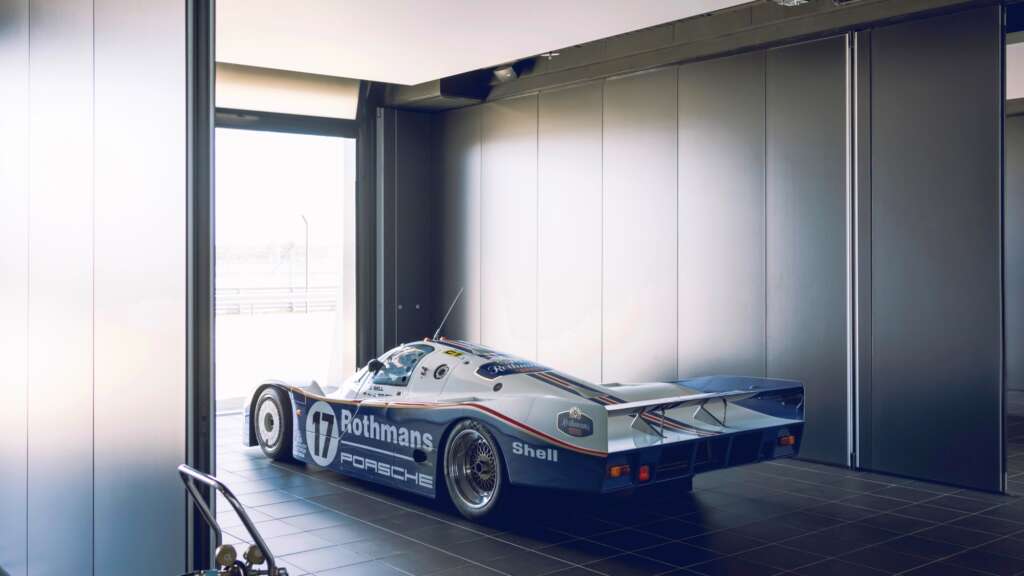
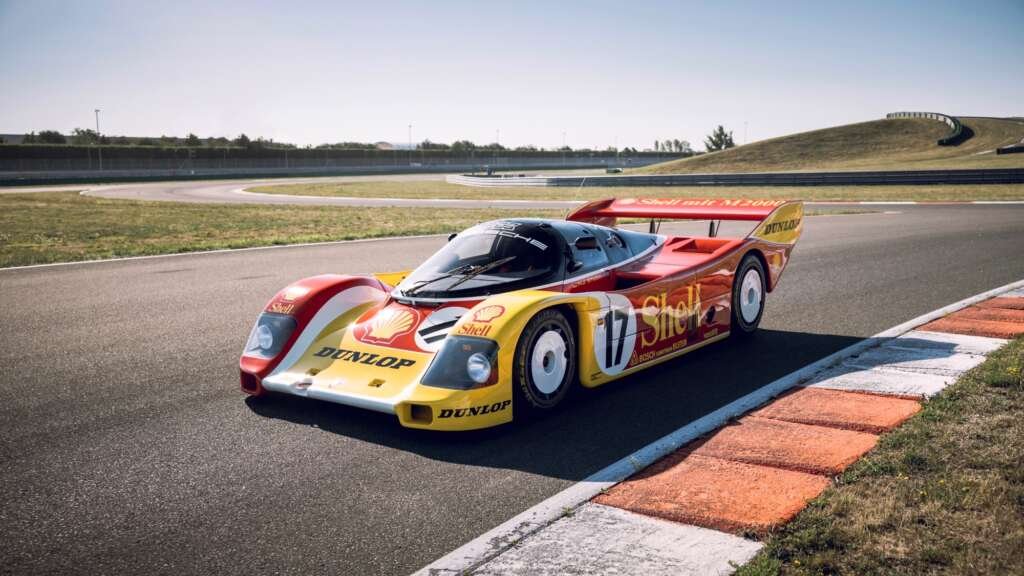

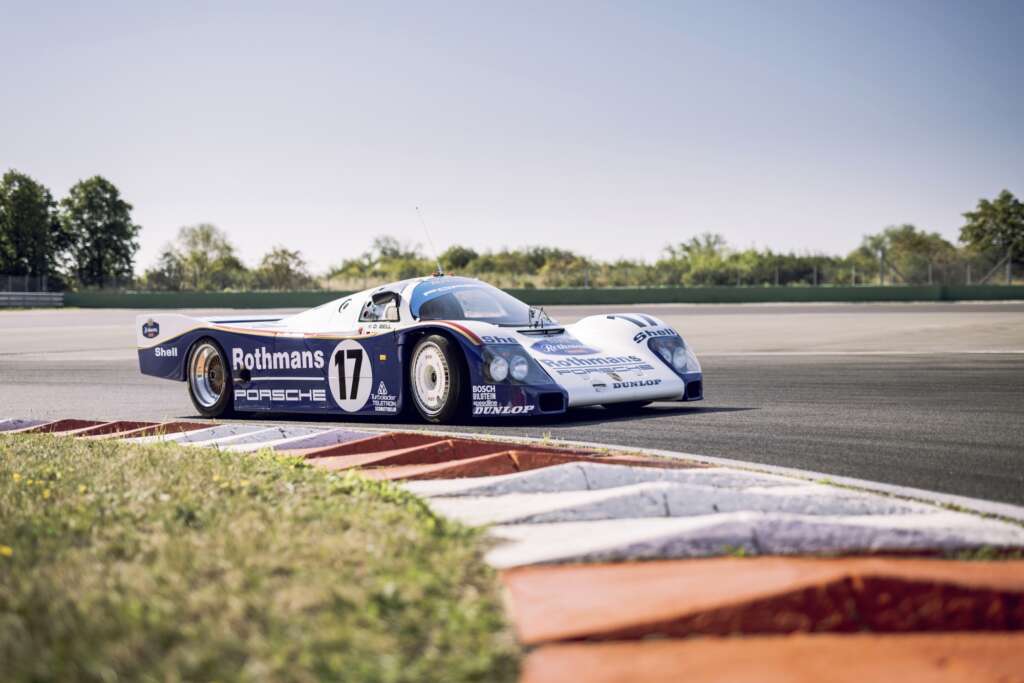
According to Jochen Mass, Group C cars were more comfortable to drive than their successors
Despite the still impressive performance of the 620-hp, 850-kilo flounders, the assessment of one of Porsche’s best-known works drivers of the time was particularly surprising. According to Jochen Mass, the Group C cars were easier and more comfortable to drive than their successors in the GT1 regulations. That’s why it’s no longer possible to complete a 24-hour race with two drivers, as it was back then, according to Mass.
Even Hans-Joachim “Strietzel” Stuck couldn’t stop gushing. With a loud “It’s fantastic!” he gave free rein to his feelings. Especially with rising tire temperature, “his” Porsche 962C was getting better and better to drive and encourages you to take it on even more. The legends also agreed across the board on the subject of brakes. “Shit good,” was Derek Bell’s verdict. The drivers drove the cars, some of which were four decades old, around the Leipzig circuit until dusk.
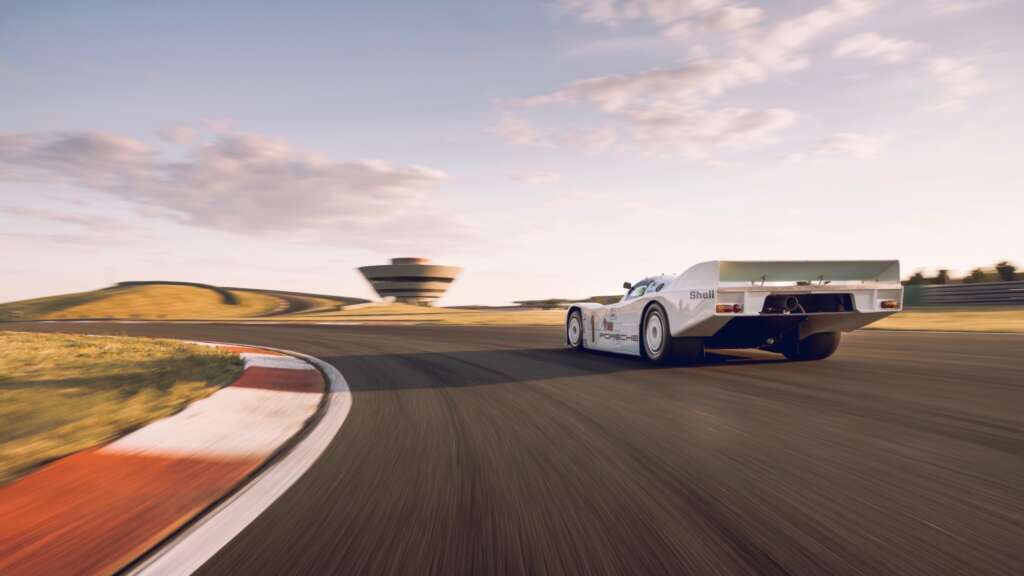

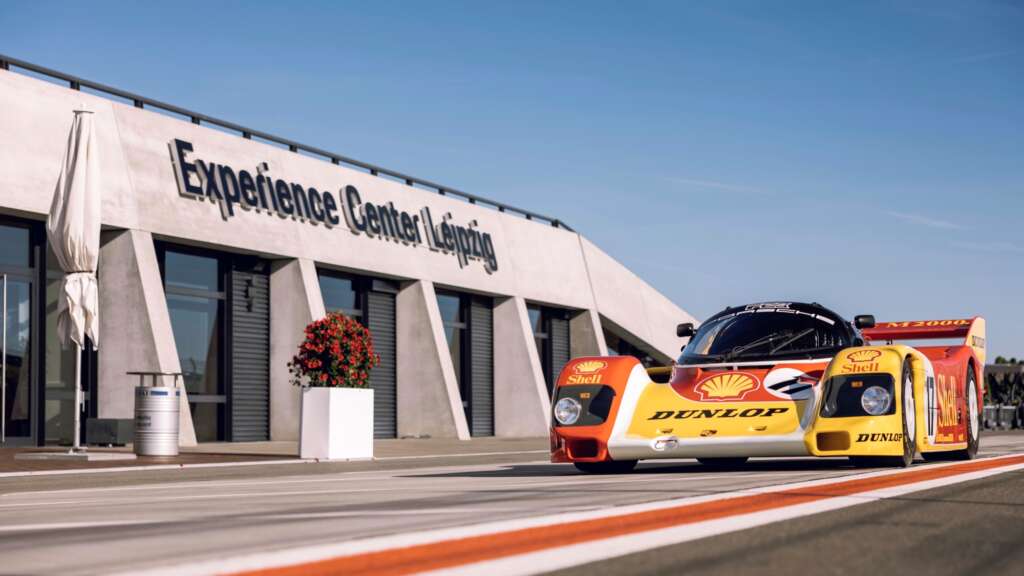
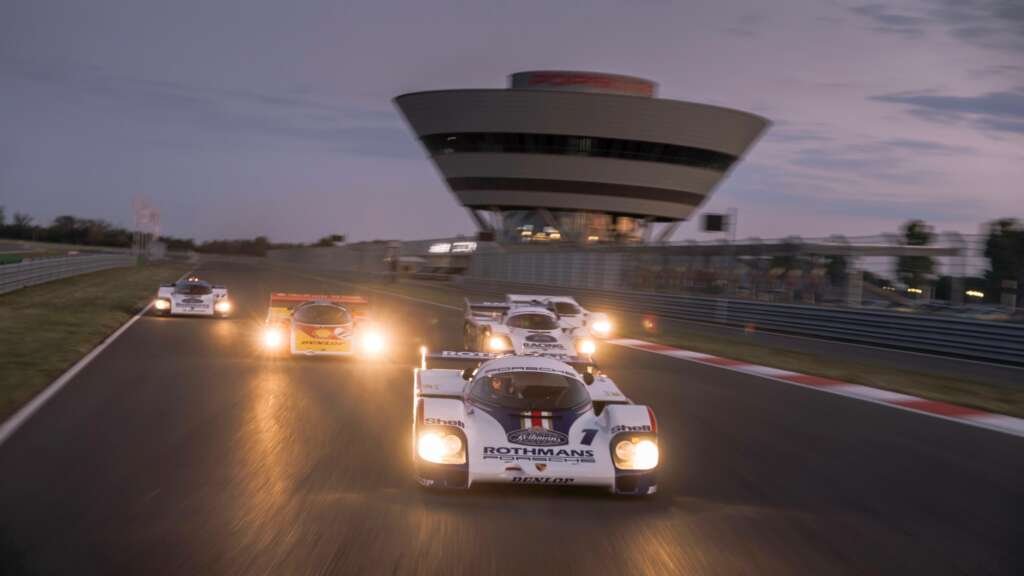
Elferspot magazine
You have reached your article limit for this month.
Become an Elferspot Member now and get unlimited access to our Elferspot Magazine and other features!
- No obligations or charges.
- We help you find your dream car: get newly added cars straight into your mailbox.
- Your own watch list for your favorite cars.
- Unlimited access to Elferspot Magazin.
- -10% welcome discount for Elferspot textile products
- Successfully sell your Porsche via Elferspot.
